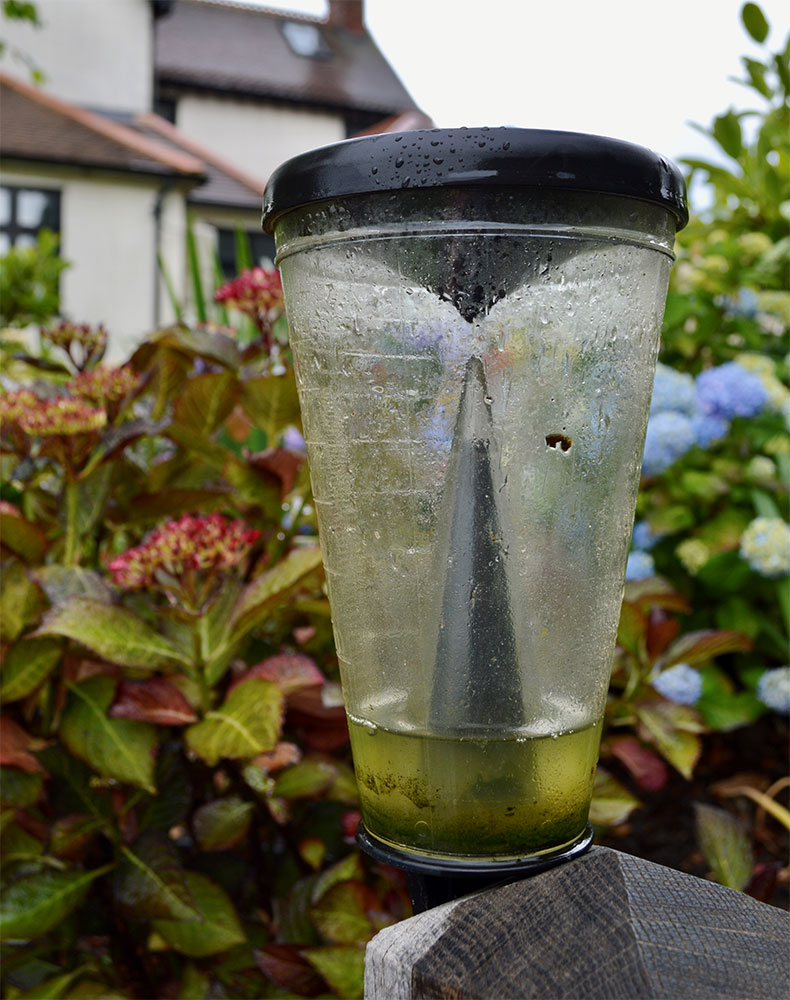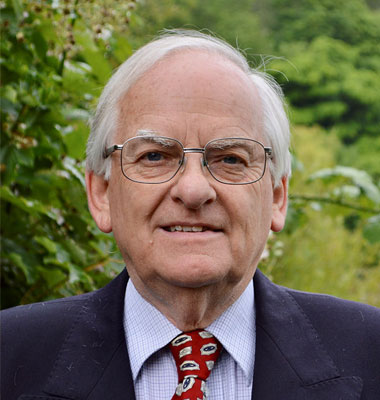In 1537 a Court ordered, with a penalty of 12 pence, that the owner of a house by the common pond of “Meere”, must keep his ducks and geese out of the water so that inhabitants could have clean water for brewing, bread making and cooking.
According to legend, a horse and cart once disappeared into a deep area of Mere.
A pump and filter was erected in 1868 at a cost of £33.
With no buildings in sight, Mere is hardly recognisable in a 1882 photo.
Very low water is shown in a photo taken in a 1921 photo, when a drought reduced the pond to a small fraction of its normal size.
Data has been paraphrased from booklets by the Walton-on-the-Hill Local History Society.

Water level and rainfall are hot topics of conversation amongst villagers. Subjectivity has been eliminated in recent years by recording rainfall and water level on gauges.
Water supply, and hence level, has been improved by unblocking the large pipe that directs water from the Sandlands Road catchment area into the pond.
All of this is a far cry from the Mere pond that we know today. It represents a focal point in the village, sets the village aside from neighbouring places, and creates a sense of pride and community amongst Walton’s residents.
Visit on any fine day and you will see many admirers, ducks being fed on the beach, and with luck a heron busy fishing from the bank.
Scenery changes from captivating snowscapes in winter, beautiful springtime blossom to gorgeous golden-brown autumnal hues. Don’t miss the village Christmas tree spectacularly lit up, reflecting across the pond on a cold festive night.

New volunteers always welcome.